Text & Photos: T Murrali
Exhaust system plays a vital role in a vehicle as it
determines how clean and efficient the engine is
besides ensuring better life for the vehicle. Tenneco,
the global leader in designing and manufacturing
of ride control and clean air products follows
a combination of eco-friendly and effective
manufacturing operation. Tenneco Automotive is
present in all the major automotive hubs in India
catering to majority of the OEMs. We took a stroll at its
new plant in Chakan, Pune to understand its prowess
in making exhaust systems at the quality levels
determined by its customers.
The Pune plant of Tenneco Automotive India, located in Chakan, began operations last October. It makes single-piece exhaust systems, three-piece exhaust systems and pipes for specific applications like EGR etc. Besides, it is capable of making new technology products including DOC (diesel oxidation catalyst), DPF (diesel particulate filter) and SCR (select catalytic reduction). The company supplies to General Motors India (Tavera, Spark, Sail and Sail UVA), Lombardini (catalytic converter for gensets application), Mahindra – Automotive and Farm equipment sectors (to all locations for Scorpio, Bolero and tractors), SML Isuzu (catalytic converter for CNG / diesel applications), Tata Motors (catalytic converters for most of its locations) and Volkswagen India (11 models). Soon the PPAP will commence for VECV and Volvo India.
Any business dealing that Tenneco is involved in always begins with safety as the prime aspect. As any other plant of Tenneco globally, the Pune facility is FM Global (a global insurance giant) compliant that are very stringent considering Indian standards. All the machines installed at this plant comply with Tenneco Machinery Safety Standards, a regulation importuned by Tenneco world-wide. The company follows safety norms laid down by the parent company, which is stricter by four-fold than US Federal norms.
Despite being close to many OEMs in Pune including Volkswagen, Tata Motors, Fiat, Mahindra & Mahindra, General Motors, the location of the plant itself posed a major challenge as it was in a slope with a mean difference of over 10 metres. Therefore, it was decided to construct the building at two levels. As the machines needed a stronger foundation to be commissioned, it carried out ‘post tension slab’ work which provided a stronger floor.
Manufacturing Process
The plant has a very lean layout ensuring minimum material movement. As you enter the plant it vertically divided into 4 parts with inward and outward movement on either side of it. The storage area is followed by the manufacturing line for muffler, bending, converter canning cells. The third section is where assembly welding takes place, followed by the dispatch area.
Inward materials are received based on the exact requirement and are placed close to operations where they are consumed, thereby minimising unnecessary movement of material. Currently it out-sources over 1,000 plus child parts such as sheet metal components, sections, pipes, pressed parts and catalytic converters.
Throughput:
Raw materials are sent to the feeding cells where the pipes are bent to the required shape and profile. The muffler is made in 2 different cells and the catalytic converters are canned in 3 cells. Later these parts are taken to the assembly welding. The plant handles more than 100 varieties of pipes, 30 varieties of mufflers and 20 plus sizes of converter cans.
The robots are integrated with servo positioners that help get good welding access along with the help of modular fixtures. These modular fixtures enable quick change-over operations due to their in-built poka yokes. Since this plant supplies over 150 different parts to OEMs, it has over 1,000 modular fixtures. For instance, all the welding, bending and other related operations are interlinked and incorporated with safety elements such as light curtains, automatic doors and scanners.
Muffler Cell
The internal core is stuffed in the outer cover through pressing process and moved to spinning operations where the end caps are assembled. It is later fused mechanically and sent for leak test. The entire cell is operated by one person depending on the volume.
Pipe Bending
Each cell is equipped with a scanner controlled by the pipe bending machine in terms of sensitive area, which is dependent on the length of the pipe. It has flexible control stations that can be positioned based on the sensing area. The machine has the capability to make any number of bends. Currently it makes a maximum of 7 bends. These machines can handle a maximum length of 2.6metre pipes having a diameter of up to 90mm. These machines are supported by pipe cutting, sizing, marking and pressing depending on the profile of the product and customers’ requirement.
Canning
Of the 3 cells, 2 are normal canning cells and the other is a calibrated one, which is required for vehicle manufacturers to adhere to future norms. The calibrated cell has 4 machines with several poke yokes and all the machines communicate with each other through a central server. The calibrated machines help in compressing the can with the catalytic brick according to the exact requirement. The regular canning line has 6 processes starting from sheet rolling, shell welding, sizing, mat wrapping, stuffing and marking.
Assembly Welding
Typically an exhaust pipe will have 8 parts – flange inlet, sensor bellow, flexible element, connecting pipe-1, muffler-1, connecting pipe-2, muffler-2 and tail pipe. In this station 14 places are welded at one shot and one fully welded part comes out of the cell every 4 minutes. Since there are 2 machines, one finished part comes out every 2 minutes from this cell. As soon as it comes out of this cell, it is sent for leak test, marking, inspection and stored in the supermarket en route dispatch.
Inspection
Every part manufactured is inspected with the ‘final inspection fixture’ to check whether the part conforms to all the parameters in terms of dimensions, profile and shape. The plant has a standards room with a 3-D combination measurement supported by special software. The 4metre x 1.2metre x 1.6metre CMM machine can measure the complete exhaust pipe. For instance, Vento’s exhaust pipe is 3.6 metre long and it goes as a single piece. Welding parameters are tested to assess the quality of welding. The penetration of welding up to 0.001mm is checked. Besides, the millipore machine can test ranging from 0.1mg up to 60 gms.
Tracking
The company has Fast Response Tracking Board, which is part of Tenneco’s quality system to capture quality related parameters from both internal and at customers’ side. The objective of this system is to have no major disruptions, no problem resolving report and zero ppm, which will pave the way for world class quality. This is for components meant for General Motors and Tenneco has similar arrangements for other customers as well. The Pune plant received ‘Global Supplier Quality’ award from General Motors in 2013.
Challenging Moment
Catering to Volkswagen is a success story for the Pune plant of Tenneco. Supplies began about five years ago, from its old facility; the complete development of the exhaust system was done at this plant with technical and design support from Tenneco global. The manufacturing system was developed locally and the company has been supplying to the German car company at zero ppm for the last 4 years. Commenced with 2 models, the company currently makes 11 models /variants.
The company follows Volkswagen’s ‘In Line Sequencing’ process with which it supplies 11 variants of exhaust systems to the OEM. Tenneco receives M100 call, an alert from the OEM every 2 minutes through a dedicated network link, with the ‘pick list,’ which is nothing but the exact variant that is progressing for assembly at the OEM’s facility. Once it gets 6 calls, the specially designed trolley is filled with parts in the same sequence of the M100 call. Two such trolleys are sent in a vehicle with a turnaround time of 25 to 30 minutes. The company maintains 2 day’s inventory for Volkswagen.
M&M is the largest customer, accounting for about 40% of sales. It is currently developing exhaust systems / components for its trucks too. For Tata Motors the company has recently developed complete exhaust system for a new application with 1.4 litre engine. Gradually, this system will get into all the other vehicles on the Indica platform. The company is in talks with the new commercial vehicle player Photon to supply exhaust systems.
Mentoring
Initially this plant sought lot of support from the parent company, located in several places including Europe. Garnering expertise, it has graduated to a level to mentor upcoming facilities. Recently the company has supported one of Tenneco’s plants in Japan in terms of plant layout design, installation, developing quality systems, and certification besides carrying out PPAPs for customers and suppliers.
Tenneco Automotive India has already earmarked a place at this plant to set up a technical and engineering centre. To commence from next year, it will take up development, testing and validation. Currently it depends on Germany and China for testing and validation.
IN CONVERSATION: Pankaj Kapoor, Dy Mg Dir, Tenneco Automotive India
Q: What are the challenges you faced in implementing global best practices in terms of manufacturing and safety?
Kapoor: For this plant we started activities in 2008-09. Training and exposure to the situation helped people to understand the requirements better. Key people imbibed best practices by visiting global locations.
Q: How are you able to manage as everything comes at a cost?
Kapoor: It will impact on cost initially but is certainly cost effective in the long term.
Q: This plant has offered its expertise to other locations. Does it have an edge in any particular aspect?
Kapoor: During the inauguration of the plant Tenneco’s top management appreciated it stating that it is equal to any other plant of the company in developed markets. The layout of the plant, 5S and efforts taken to ensure quality came in for much appreciation.
Q: What is the current installed capacity and scope for expansion?
Kapoor: Currently we can make about 2,500 exhaust systems per day. We have land for further expansion.
Q: Can you throw some light on your plans?
Kapoor: One of the biggest growths for this plant will come from the commercial vehicle business, which is linked to the emission norms of the country. We have the business with the customers but real volume will come when regulations are implemented.



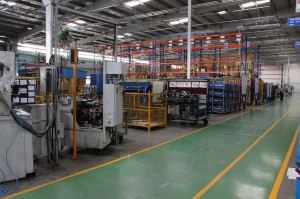

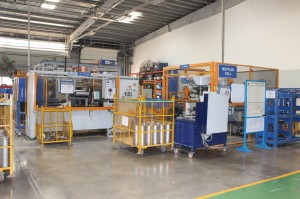
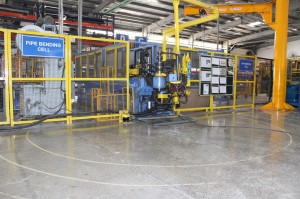
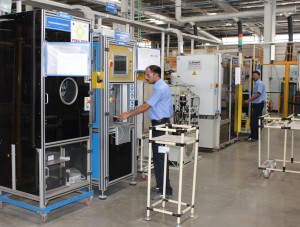
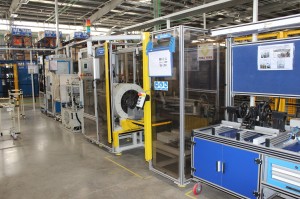
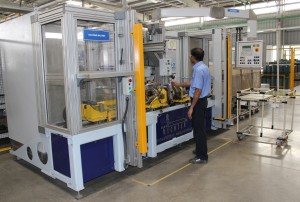
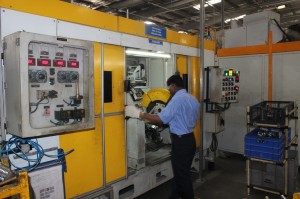

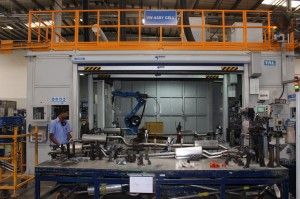
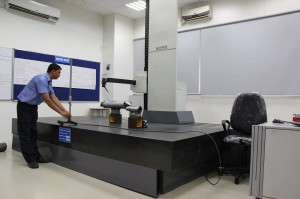

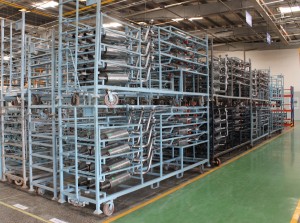
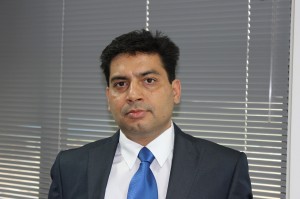

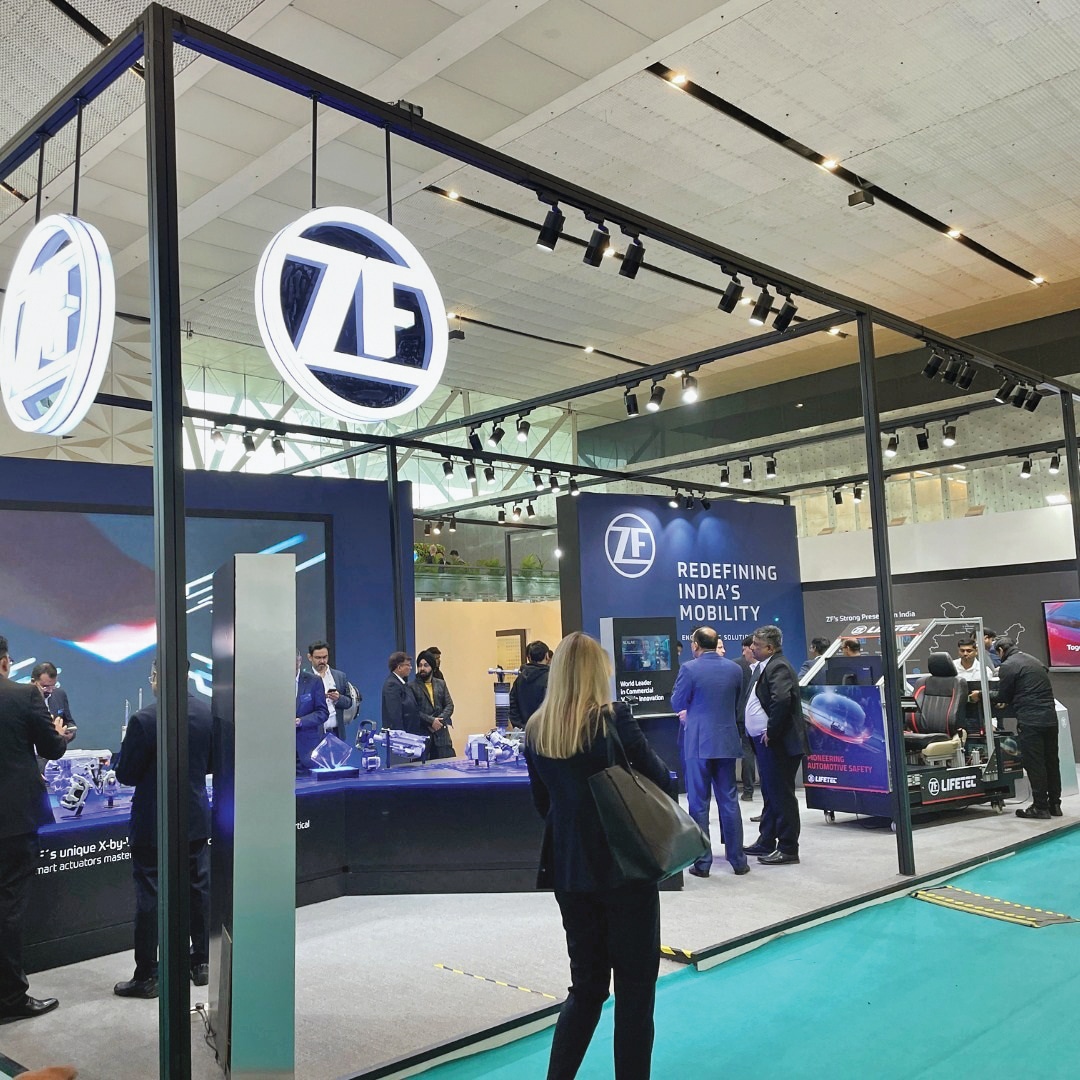
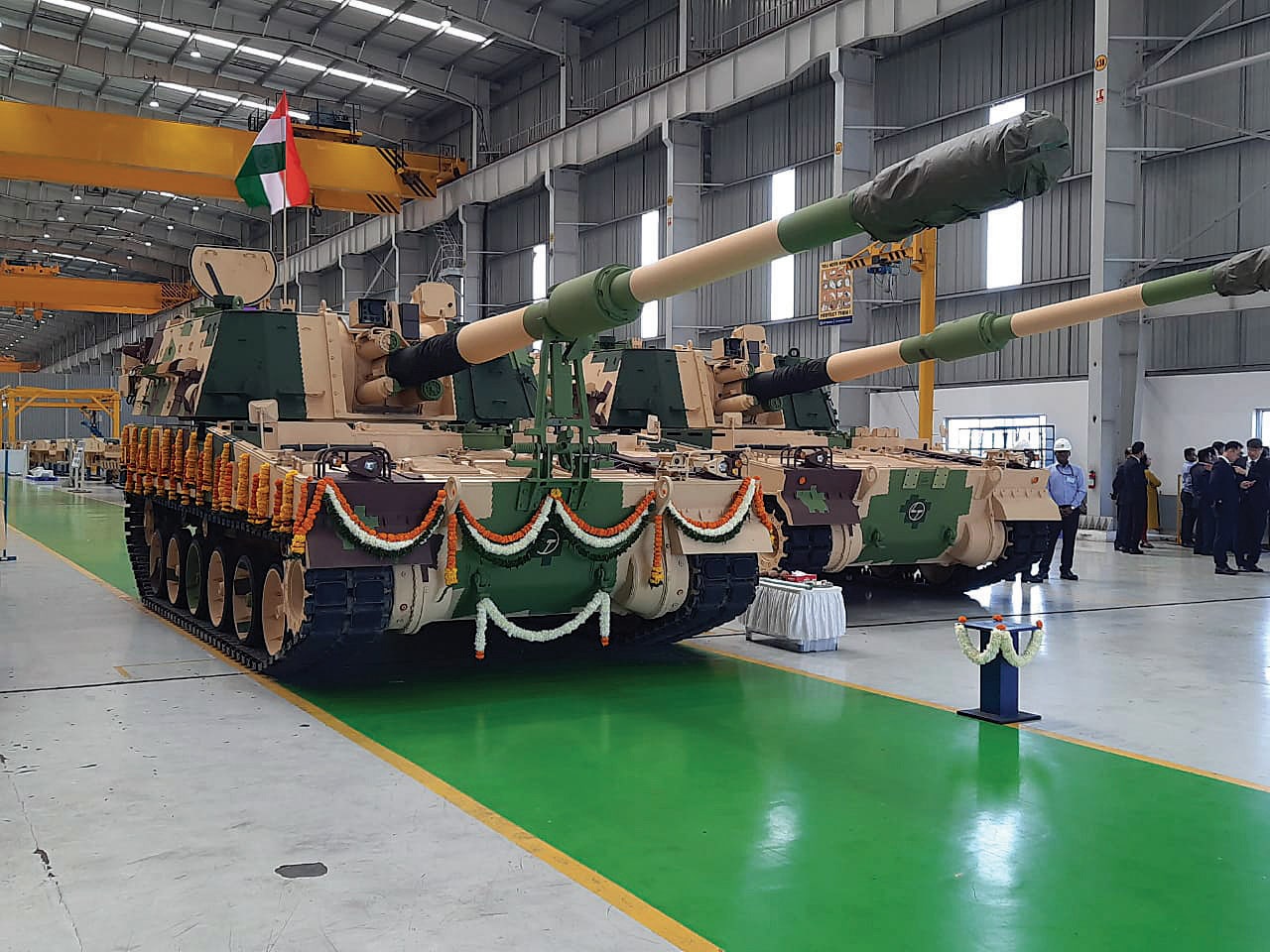

Leave a Reply